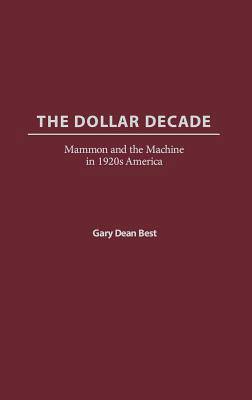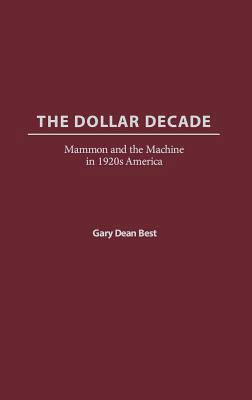
- Retrait gratuit dans votre magasin Club
- 7.000.000 titres dans notre catalogue
- Payer en toute sécurité
- Toujours un magasin près de chez vous
- Retrait gratuit dans votre magasin Club
- 7.000.0000 titres dans notre catalogue
- Payer en toute sécurité
- Toujours un magasin près de chez vous
Description
This book examines the underlying causes of the tumult of the 1920s in America that has since captivated writers, readers, moviegoers, and television viewers. During the 1920s, Americans were aware of the momentous changes taking place in their lives. It was an introspective decade. Magazines and newspaper articles, books and anthologies explored the causes, nature, and implications of those changes. The impact of radio, and to a lesser extent motion pictures, rivaled the effects that the invention of printing had had on human society hundreds of years earlier. Add to these developments the effects of World War I and the popularization of Freud and Darwin, and the result was an America cast adrift on a sea of normlessness, treading water between two worlds: one of stability and tradition before the war, and one as yet dimly perceived in the mists of the future.
While Freud challenged notions of traditional behavior, Darwin challenged traditional religious beliefs. The arrival of the affordable automobile transformed human mobility on a scale not seen since the domestication of the horse and the invention of the wheel thousands of years before. But those previous changes had not ushered in so many cataclysmic changes in so short a time. The author maintains that only in this context can much of the behavior of the time be understood, from the popularity of the Ku Klux Klan to the excesses of the flappers and the jazz age.Les avis
Nous publions uniquement les avis qui respectent les conditions requises. Consultez nos conditions pour les avis.







